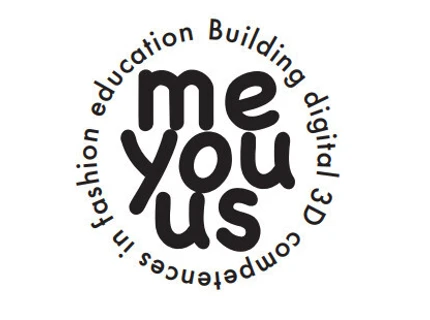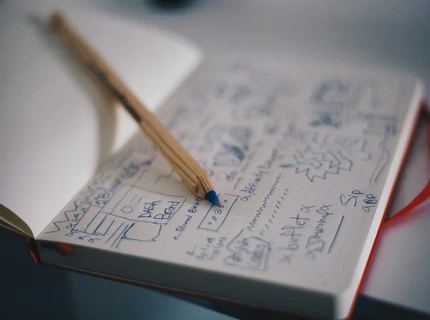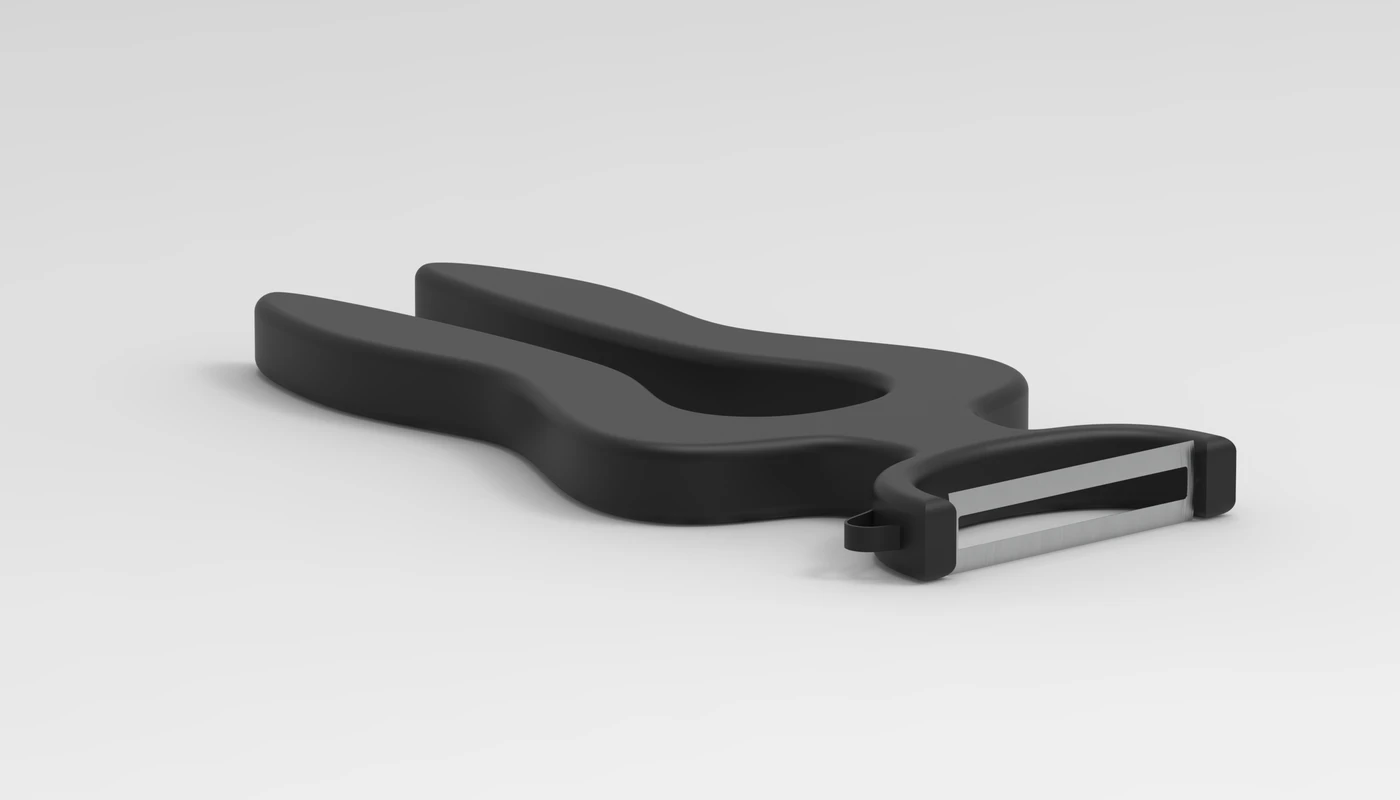
Skræller by Hedvig Djurhuus is a vegetable peeler with a special grip designed to support individuals with weaker wrists or arthritis, allowing them to use less effort when peeling vegetables.
Universal Design BA-ID2 course
- Deltagere fra Designskolen Kolding
-
Richard Herriott
Yanki Lee
- Forsknings- og udviklings projekttype
- Forskning og udvikling
Undervisning - Projektperiode
- jan. - maj 2024
- Projektledelse
Richard Herriott
- LAB
- LAB for Socialt Design
- LAB tema
- Universal design
- Samarbejdspartnere
- Sammenslutningen af Unge med Handicap (SUMH)
Bevica Foundation
Objective
The aim of the course, from a pedagogical point of view, was to find a way to help students incorporate UD principles into their design work e.g. user involvement, ergonomic principles, user-rearch methods, co-design and design research analysis.
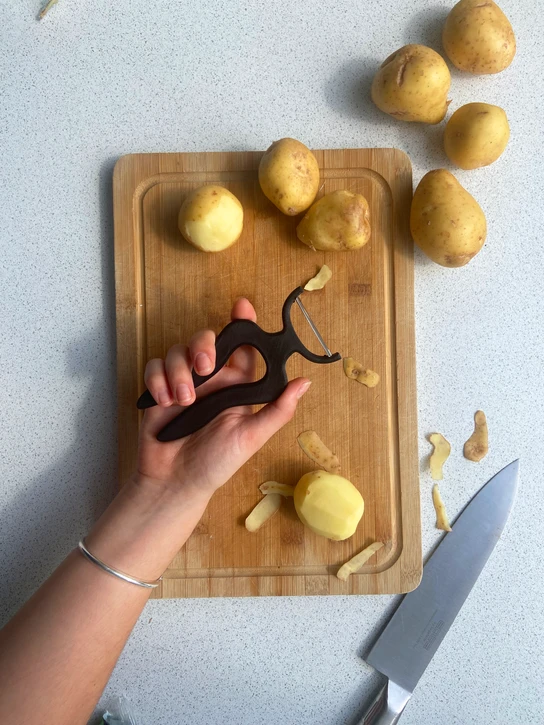
Skræller by Hedvig Djurhuus is a vegetable peeler with a special grip designed to support individuals with weaker wrists or arthritis, allowing them to use less effort when peeling vegetables.
Methods and outcome
The key aim was to ensure sustained user-involvement in the design research and development process. Students included overseas visiting students from Korea, Canada, Germany, Israel and Spain. The products designed were: a teapot, a hand accessory, public transport waiting room furniture, a plug and socket, a jar opener, a key set, a kitchen, a soap dispenser, a reading stand, a carrot peeler, a can opener, tape dispenser, a hand-grip for ingress and egress from a car and a public transport hand-grip.
Students had a one day workship with members of SUM, the Danish association for young people with handicaps.
The illustration shows the carrot peeler devised by Hedvig Aldershaab Boje Djurhuus.
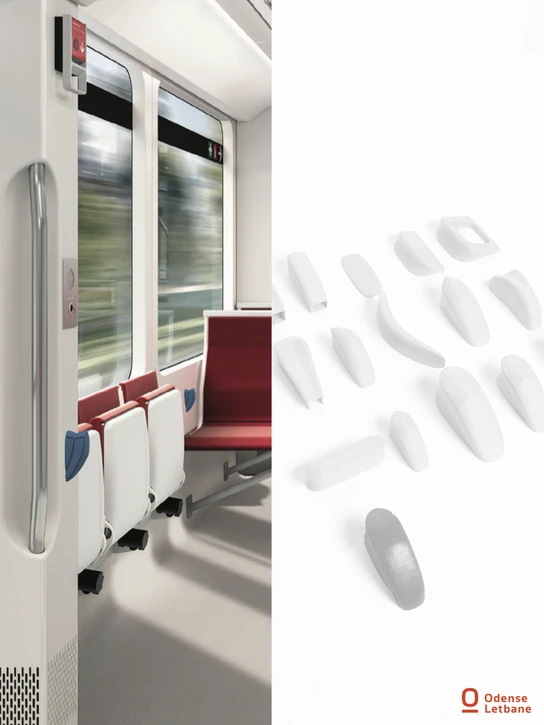
Amalie Petersen chose to design new support handles for the Odense Light Rail, aiming to support UN Sustainable Development Goal 11 by creating safe and accessible transport systems for vulnerable population groups, including the elderly. The shape and size of the support handle were tailored based on ergonomic principles and tests conducted with typical users. The grooves were designed to reduce friction in the hand, resulting in a comfortable user experience. The product was developed with a focus on simplicity and ease of use, minimizing the risk of hands getting stuck and thereby reducing potentially dangerous situations. The shape allows the handle to be used from multiple angles without requiring significant hand strength. The color was selected to accommodate all users, including those with color blindness. The support handles are made of HDPE plastic and feature two holes each to prevent rotation. The entire development process was guided by continuous testing of the shape in accordance with ergonomic principles and the importance of creating a universally usable support handle.

